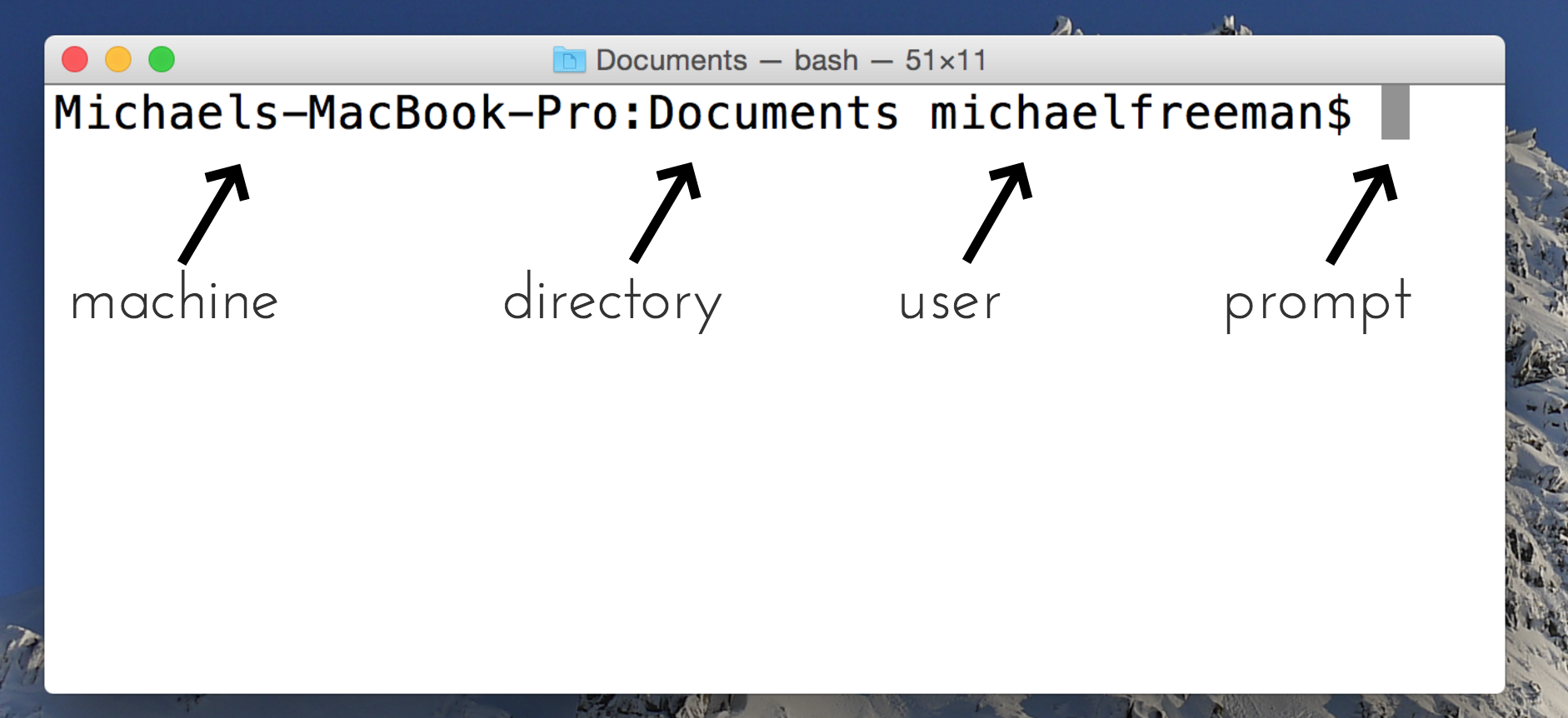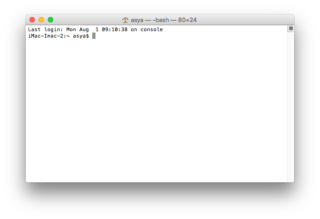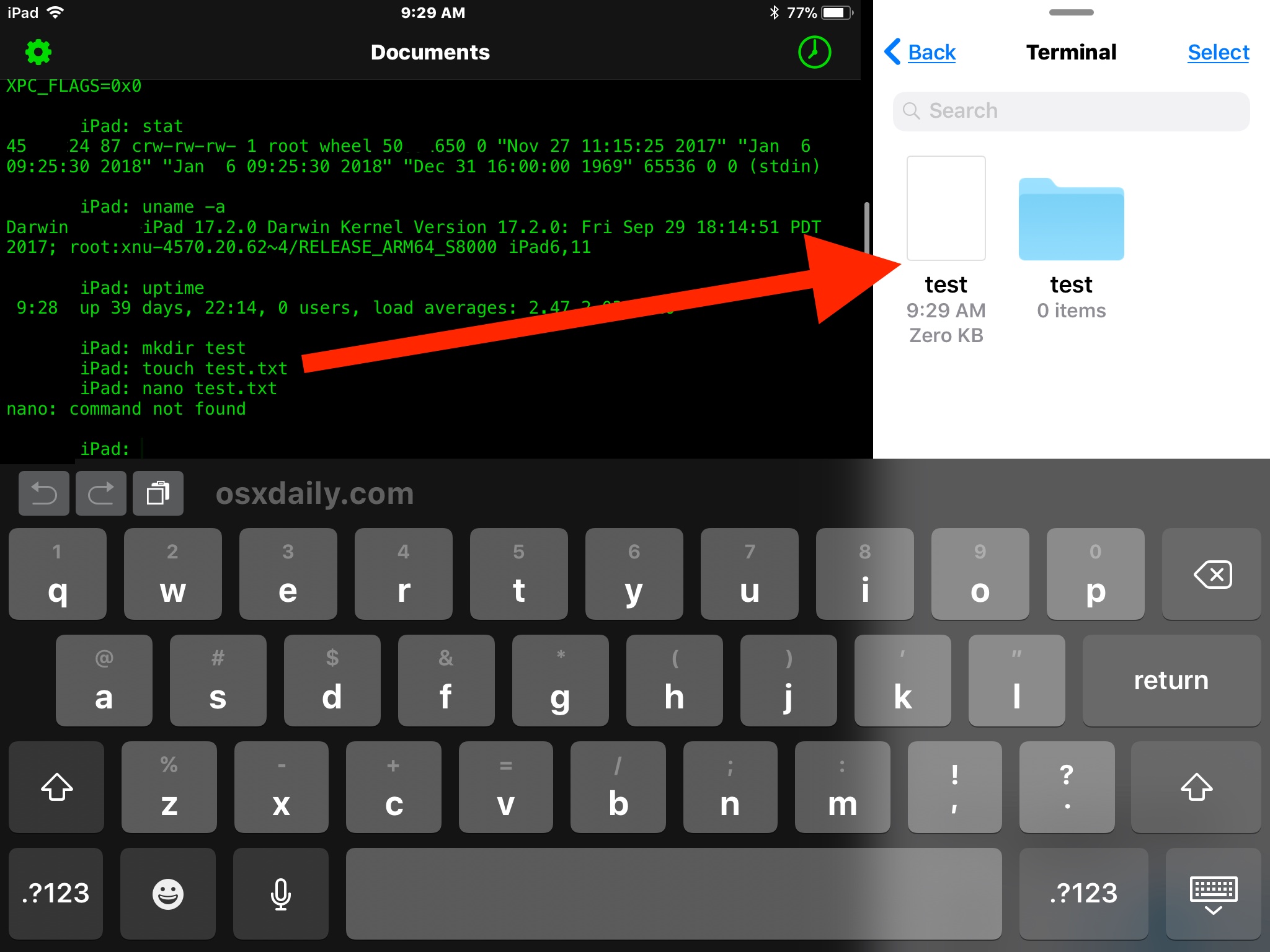

- #Mac terminal commands for working with text files code#
- #Mac terminal commands for working with text files series#
- #Mac terminal commands for working with text files mac#
Both are part of the Bourne family of shells working with one or the other shouldn't be a limitation when writing a shell script. But with the introduction of macOS Catalina Apple changed the default to zsh (zshell).

Historically, the default shell for macOS was bash. The shell is the command-line interpreter, or language, that will process the commands of the script. But whether you’re a scripting newbie or an advanced administrator, we recommend using a dedicated editor.Īfter settling on an editor, the next thing to consider is the shell you’re going to use. Among the more popular (and free) options: BBedit, Atom, VScode, and Sublime Text.Īll of these apps have great features, and one isn’t necessarily better than another-you need to try them out and find the one you prefer.
#Mac terminal commands for working with text files code#
There are third-party solutions that make shell scripting easier by doing things like syntax highlighting, flagging errors, suggesting solutions, autocompletion, code formatting, or running the script without leaving the editor.
#Mac terminal commands for working with text files mac#
A simple text editor such as TextEdit on the Mac will work, but is not ideal for script composition. Shell scripts are just plain text, so you can compose them in many different programs.
#Mac terminal commands for working with text files series#


Shell scripts in particular are those that use the command set built into the Unix shell built into macOS that is accessible via the Terminal application.īecause scripts can be delivered to user devices via a device management solution (such as Kandji), they’re indispensable tools for IT teams. Instead of spending 30 minutes per computer performing the same task over and over again, you can write a script once and then deploy it to tens, hundreds, or thousands of computers. How shell scripts can help with device management.Ī script for a computer is just a series of instructions for the computer to execute and as such is a great way to automate repetitive tasks.Deploying shell scripts with a device management solution and.Testing shell scripts to be sure they work.It is not intended to be a general-purpose guide to shell scripting for all Mac users. In this guide, we’re going to focus on the basics that IT teams need to know about shell scripts, to help them perform actions on multiple devices in their organizations using an MDM solution. For instance, instead of switching to the Finder, navigating to /Users/Shared, and clicking File > New Folder, you could open Terminal and enter the command mkdir /Users/Shared/ NewFolderName.īut while entering commands one at a time at the command line is handy, what if you find yourself entering the same commands over and over again? Or what if you need to run the same commands on multiple computers? That’s where scripting-more specifically, shell scripting-comes in handy. The CLI on macOS is typically accessed via the Terminal application. But smart Mac admins know that anything you can do in the GUI you can also do from the command-line interface (CLI). On Mac, the most obvious and most common way is through the graphical user interface (GUI) using a keyboard, mouse, or trackpad. With computers, there are usually multiple ways to do a given thing.


 0 kommentar(er)
0 kommentar(er)
